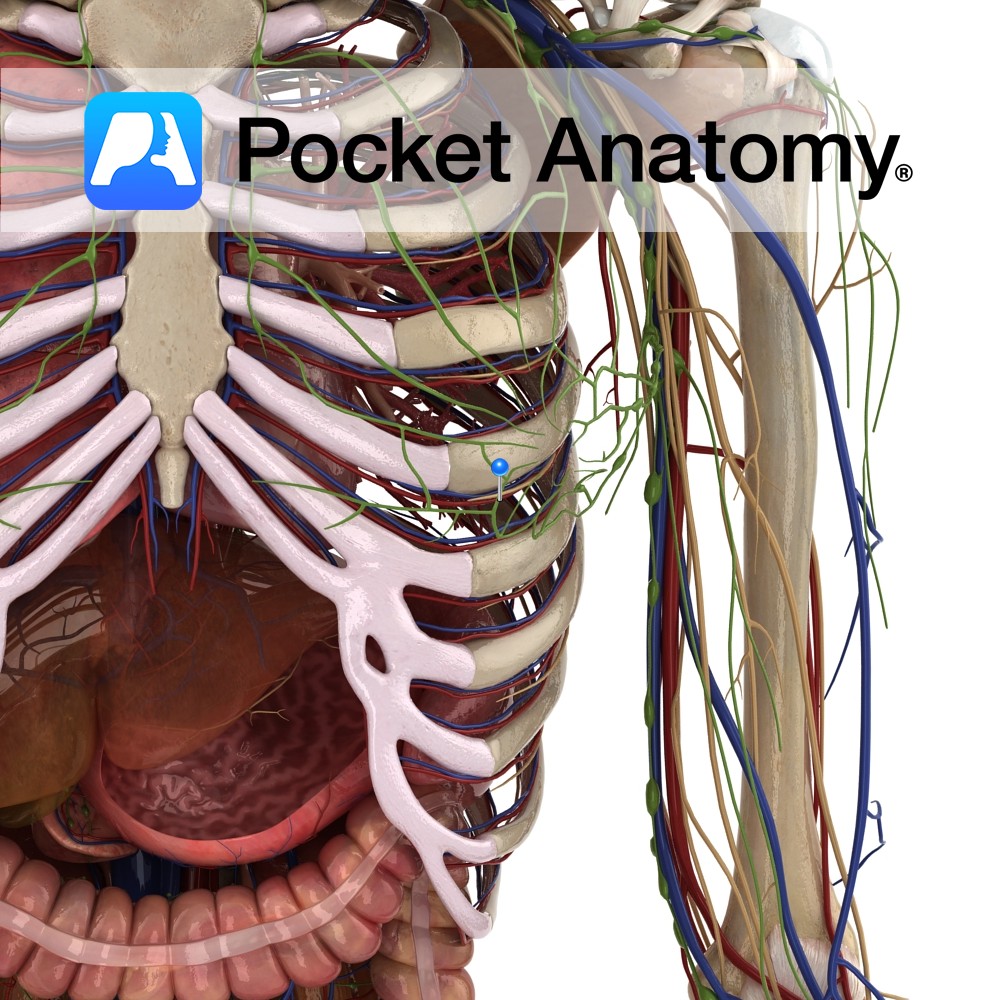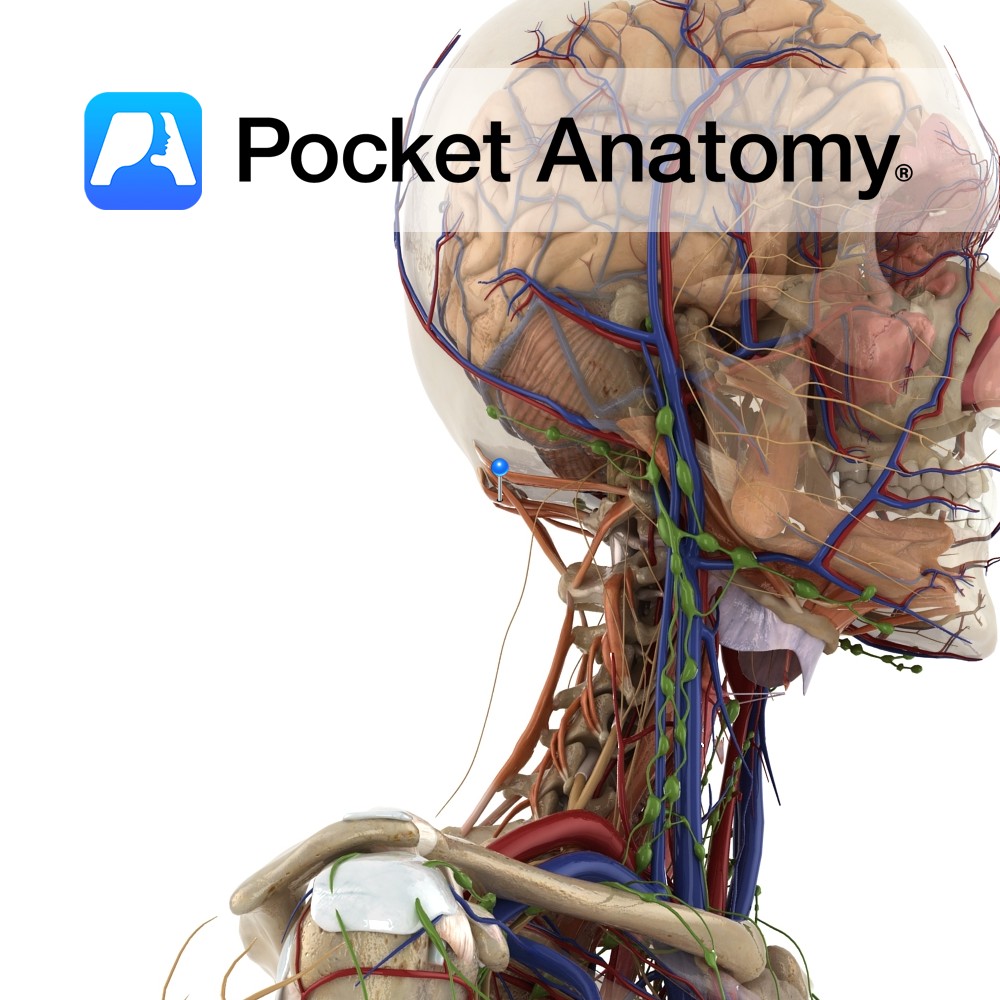Motion
The glenohumeral joint is a multiaxial synovial ball and socket joint and involves the articulation between the glenoid fossa of the scapula and the head of the humerus. The glenohumeral joint is the most mobile joint in the body. It is capable of flexion, extension, abduction, adduction, medial rotation, lateral rotation, and circumduction. Circumduction is a compound movement during which the upper limb is moved on a circular arc. It involves flexion, extension, abduction and adduction.
An example of circumduction would be someone serving a tennis ball or bowling a cricket ball.
Stability
The capsule of the glenohumeral joint is relatively lax, this favors a wide range of motion at the expense of some stability. It is particularly loose inferiorly to accommodate its stretching during arm abduction.
The joint to a large degree also lacks signifigant bony stability as the glenoid fossa is relatively shallow. The description of a golf ball (humeral head) sitting on a golf tee (glenoid fossa) has been used to describe the bony articulation.
The glenoid cavity is deepened and expanded by a fibrocartilagenous collar- the glenoid labrum. This adds to the structural stability of the joint.
Muscles play a vital role in stabilizing the joint. The tendons of the rotator cuff muscles blend with the fibrous capsule and play a vital role in supporting it to hold the head of the humerus in the glenoid fossa (while not compromising mobility of the joint. The muscles involved are:
–Supraspinatus (Superiorly)
–Infraspinatus (Posteriorly)
–Teres minor (Posteriorly)
–Subscapularis (Anteriorly)
The long head of biceps brachii arises as a tendon from the supraglenoid tubercle of the scapula. It passes over the head of the humerus deep to the capsule of the glenohumeral joint. It restricts upward displacement of the humeral head.
A number of ligamentsaround the shoulder joint also play important roles in its stability:
–Transverse humeral ligament
–Coracohumeral ligament
-Superior glenohumeral ligament
-Middle glenohumeral ligament
-Inferior glenohumeral ligament.
Muscles
Flexion:
Anterior fibres of deltoid
Clavicular part of pectoralis major
Long head of biceps brachii
Short head of biceps brachii
Coracobrachialis
Extension:
Posterior fibres of deltoid
Latissimus dorsi
Teres major
Long head of triceps brachii
Abduction:
Sternal part of pectoralis major
Latissimus dorsi
Long head of triceps brachii
Coraccobrachialis
Medial rotation:
Subscapularis
Latissimus dorsi
Teres major
Anterior fibres of deltoid
Pectoralis Major
Lateral rotation:
Infraspinatus
Teres minor
Posterior fibres of deltoid.
Clinical
‘Frozen shoulder’ is a descriptive term that refers to a stiffened glenohumeral joint that has lost significant range of motion. The joint capsule is reversibly contracted in almost all cases. The glenohumeral joint loses its normal distensibility Adhesions may form between the joint capsule and the humerus in long standing cases. (adhesive capsulitis).
The lack of extensive bony stability and its wide range of motion make the glenohumeral joint the most frequently dislocated joint in the body.
Interested in taking our award-winning Pocket Anatomy app for a test drive?


.jpg)


.jpg)